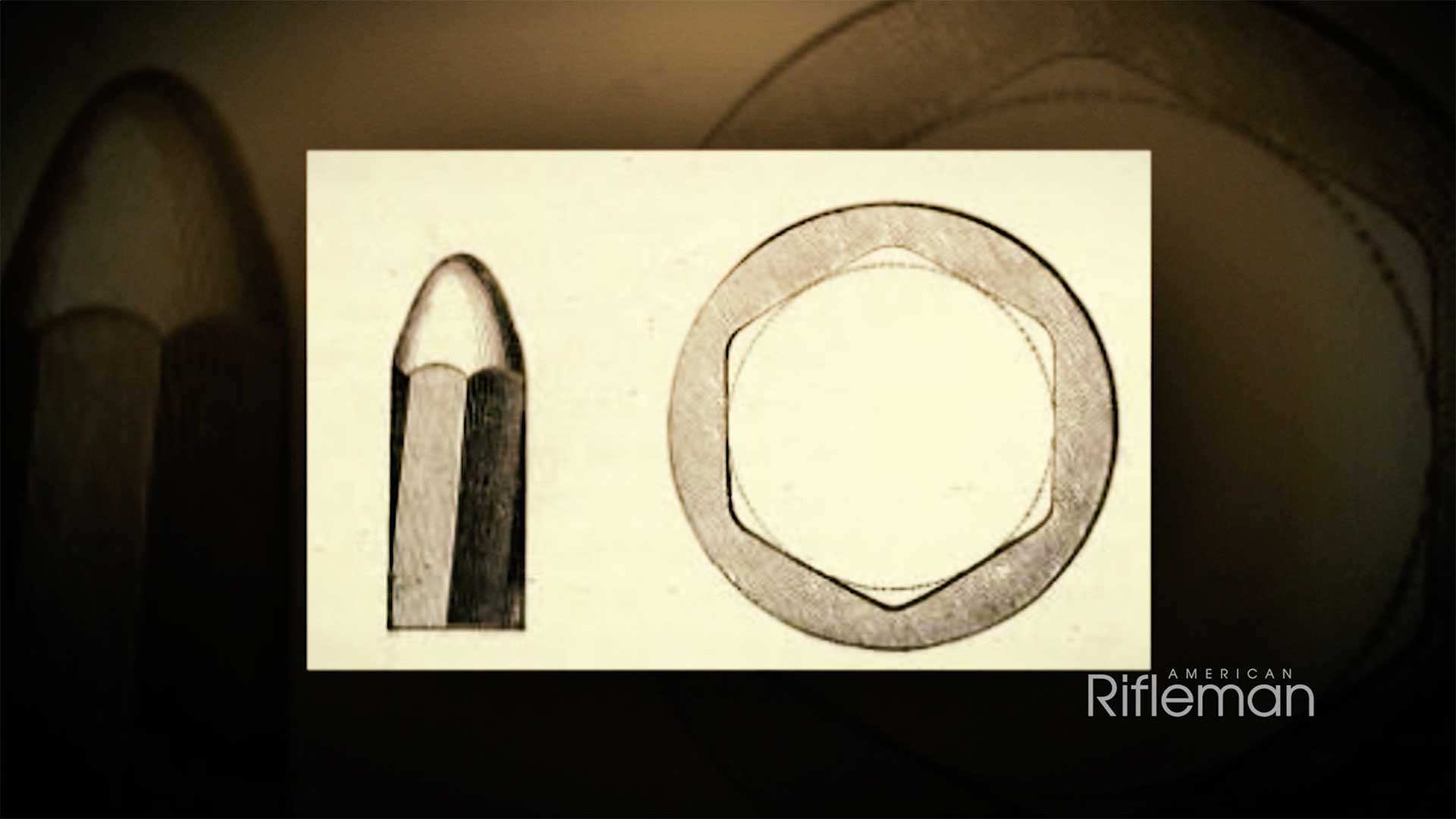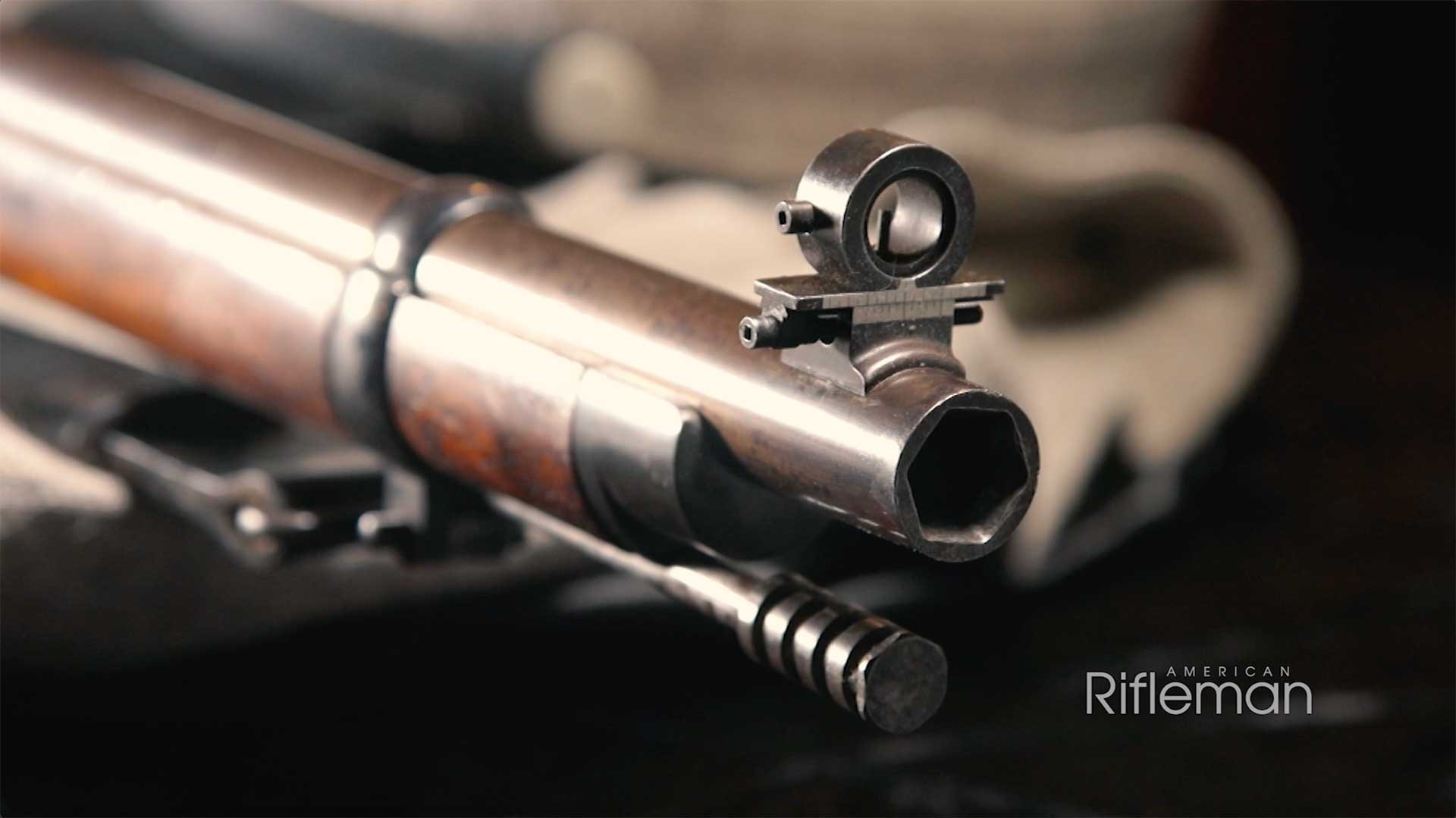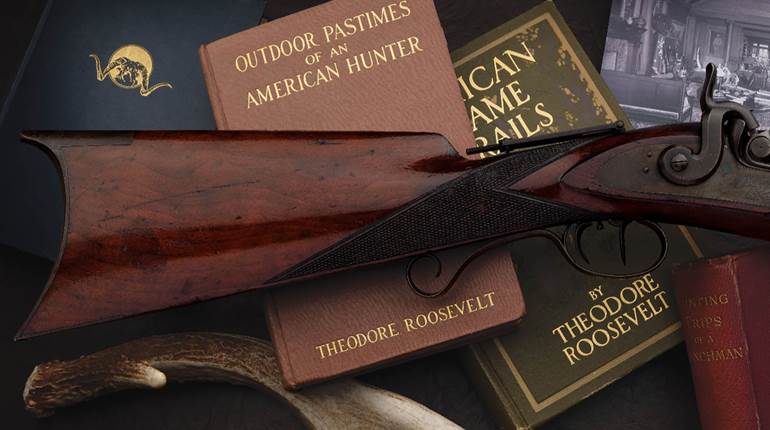In 1853, Great Britain adopted the Pattern 1853 Enfield rifle musket, considered by many to be the pinnacle of the muzzleloading military longarm. However, production was slow in the early years after the rifle's adoption, so the British government turned to Sir Joseph Whitworth, an engineer, to streamline the building process. However, Whitworth had other ideas. Watch our "American Rifleman Television" I Have This Old Gun segment above to learn about the development of the Whitworth rifle.
"Sir Joseph Whitworth was one of the preeminent tool makers in England in the mid-19th century," American Rifleman Executive Editor Evan Brune said. "So it's understandable that when the Royal Small Arms Factory at Enfield was having some production problems with the then-new Pattern 1853 Enfield rifle, they turned to Whitworth, and they asked him to devise some tooling that would cut down on the amount of hand-fitting that these guns required."

When Whitworth examined the details of the Pattern 1853 Enfield and its construction process, he decided to do more than just aid in production.
"Whitworth looked at it and said, 'I think I can do a little bit better,'" American Rifleman contributor Kenneth L. Smith-Christmas said. "And number one was he wanted to reduce the bore from .577 down to .451. And then he, through his calculations, he calculated that the optimum size of the projectile itself, the bullet, was to be three times longer than it was in diameter. And with this elongated bullet firing through a very, very unique rifling system, it was unmatched in accuracy."
Rather than using the hollow-base Pritchett-style cylindro-conoidal bullet of the Pattern 1853, Whitworth's rifle used a special hexagonally shaped rifling that fired a uniquely constructed projectile.

"His Whitworth rifle used a mechanically locked bullet," NRA Publications Editorial Director Mark Keefe said. "You know, the British had used it in the Brunswick, which was like a ball with a band on it. But what Whitworth did is, he basically created a long, hexagonal bullet that essentially matched up to the grooves of the bore. And when you drive it fully down and then fire the gun, you know, those deep grooves will impart the spin to the bullet."
When demonstrated, Whitworth's rifle displayed remarkable accuracy and precision, especially at extremely long ranges for the 19th century. But the design wasn't without drawbacks.
"The problem with the Whitworth system was, first of all, it was extremely expensive. Making the rifles cost two or three times what a regular Minie Rifle would cost, and the gun fouled considerably, so repeated shots became more and more difficult to load," American Rifleman Field Editor Garry James said. "It was later determined that there was enough setback that when the gun was fired, you didn't actually have to have a hexagonal bullet. You could have a cylindrical bullet. They worked just as well. And so it was not uncommon for cylindrical bullets to be used in lieu of the hexagonal rounds."

Ultimately, the British military elected to stay with its Pattern 1853 Enfield, but the Whitworth saw use in long-range competition shooting at Wimbledon and Bisley, and it also saw use across the Atlantic Ocean.
"No contract for the British military really ever comes to Joseph Whitworth, even though he has demonstratively proved that he has a superior arm," Brune said. "Where these guns do see service, however, is in the American Civil War. Of course, Confederate purchasers come to England to buy up every kind of shoulder arm that they can, and this mostly consists of the Pattern '53s. But there are a select few number of Whitworth rifles that make their way over to the Confederacy."
To watch complete segments of past episodes of American Rifleman TV, go to americanrifleman.org/artv. For all-new episodes of ARTV, tune in Wednesday nights to Outdoor Channel 8:30 p.m. and 11:30 p.m. EST.
























